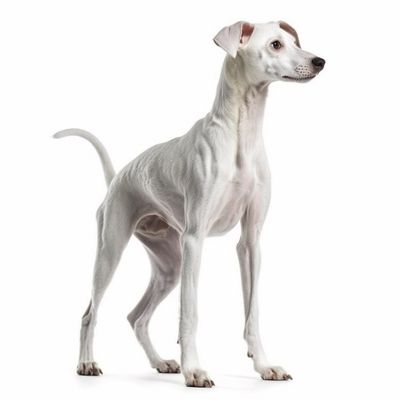The Italian Greyhound is a small, intelligent breed known for its sleek, athletic build and affectionate nature. They require regular exercise, including opportunities to run off-leash. Italian Greyhounds are adaptable to various living situations and can be good with other pets when properly supervised. Their short coats and minimal shedding make grooming easy, but they need protection in cold climates.

Italian Greyhounds are small dogs, weighing 7-14 lbs, with a height of 13-15 inches.
Italian Greyhounds have a medium energy level, enjoying bursts of activity but also appreciating relaxation time.
Italian Greyhounds need regular exercise, including daily walks and opportunities to run off-leash in a securely fenced area.
Italian Greyhounds are intelligent and trainable, but they can be independent thinkers. Consistent, positive reinforcement is key.
Italian Greyhounds are highly intelligent dogs and can excel in various dog sports and activities, especially those involving speed.
Italian Greyhounds can adapt well to different living situations, including apartments and larger homes, as long as their exercise needs are met.
Italian Greyhounds can be okay with children, but their slender build makes them more susceptible to injury. Supervision and proper handling are important.
Italian Greyhounds can get along well with other pets, especially when raised together. However, their prey drive may require caution around smaller animals.
Italian Greyhounds can tolerate colder temperatures, but their short coats and lean bodies require proper protection during extreme cold.
Italian Greyhounds can tolerate hot climates but need to be monitored for signs of overheating during exercise.
Italian Greyhounds have a short coat and shed minimally, making grooming relatively easy.
Italian Greyhounds require minimal grooming, including occasional brushing and bathing to keep their coats clean and healthy.
Italian Greyhounds bark occasionally, usually only when necessary or provoked.
Italian Greyhounds are generally healthy, but regular veterinary checkups and preventative care are still necessary.
